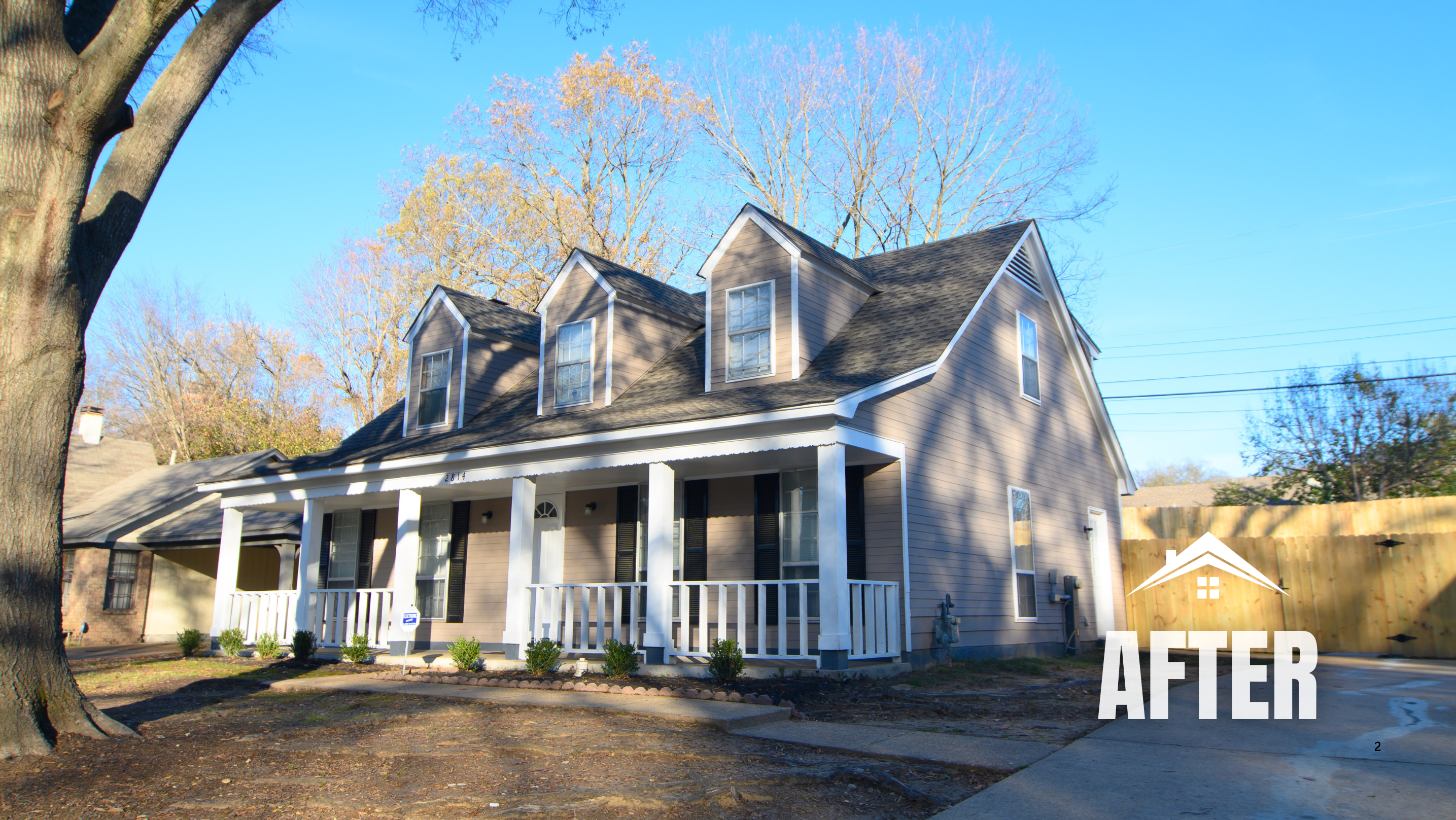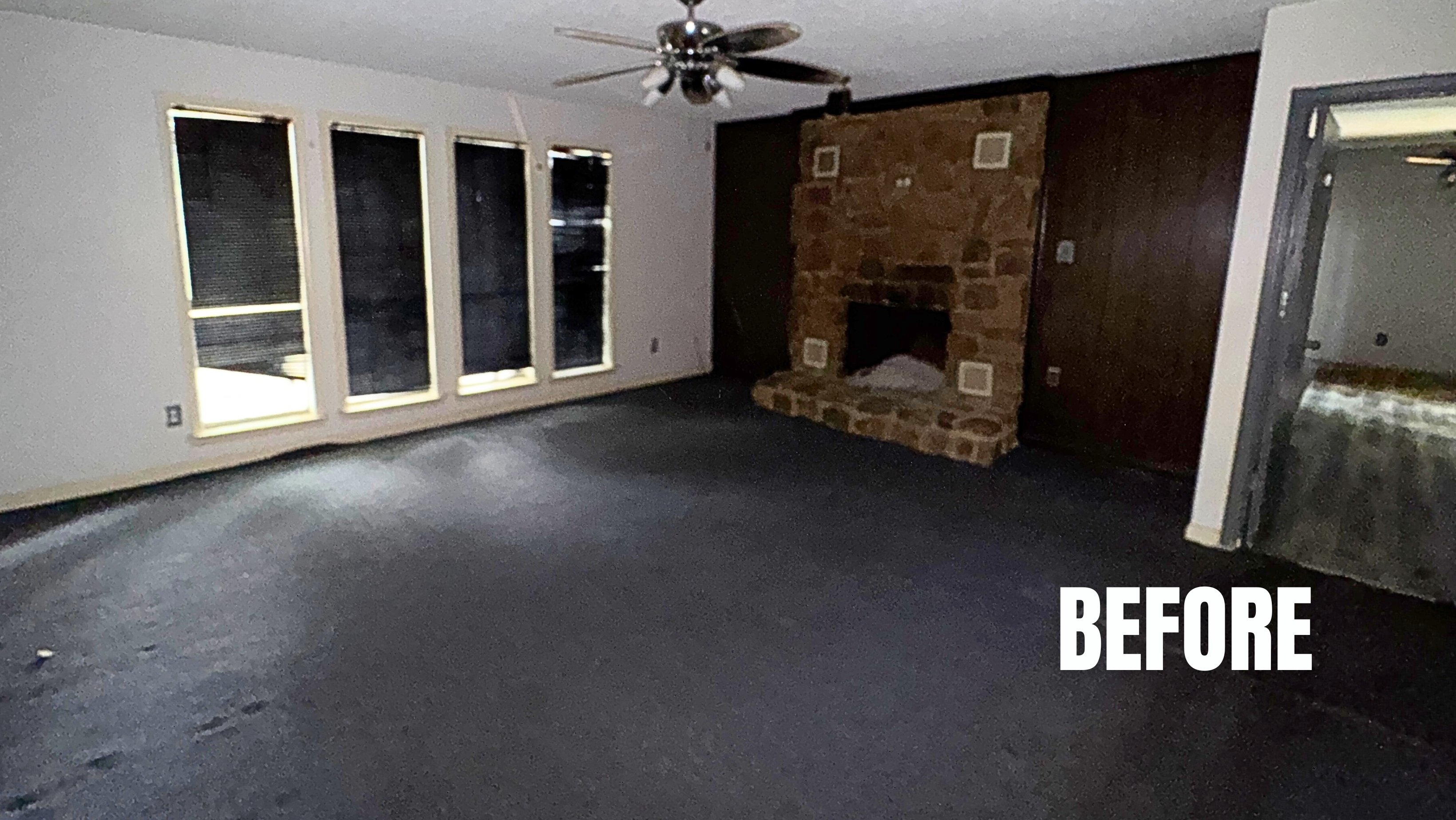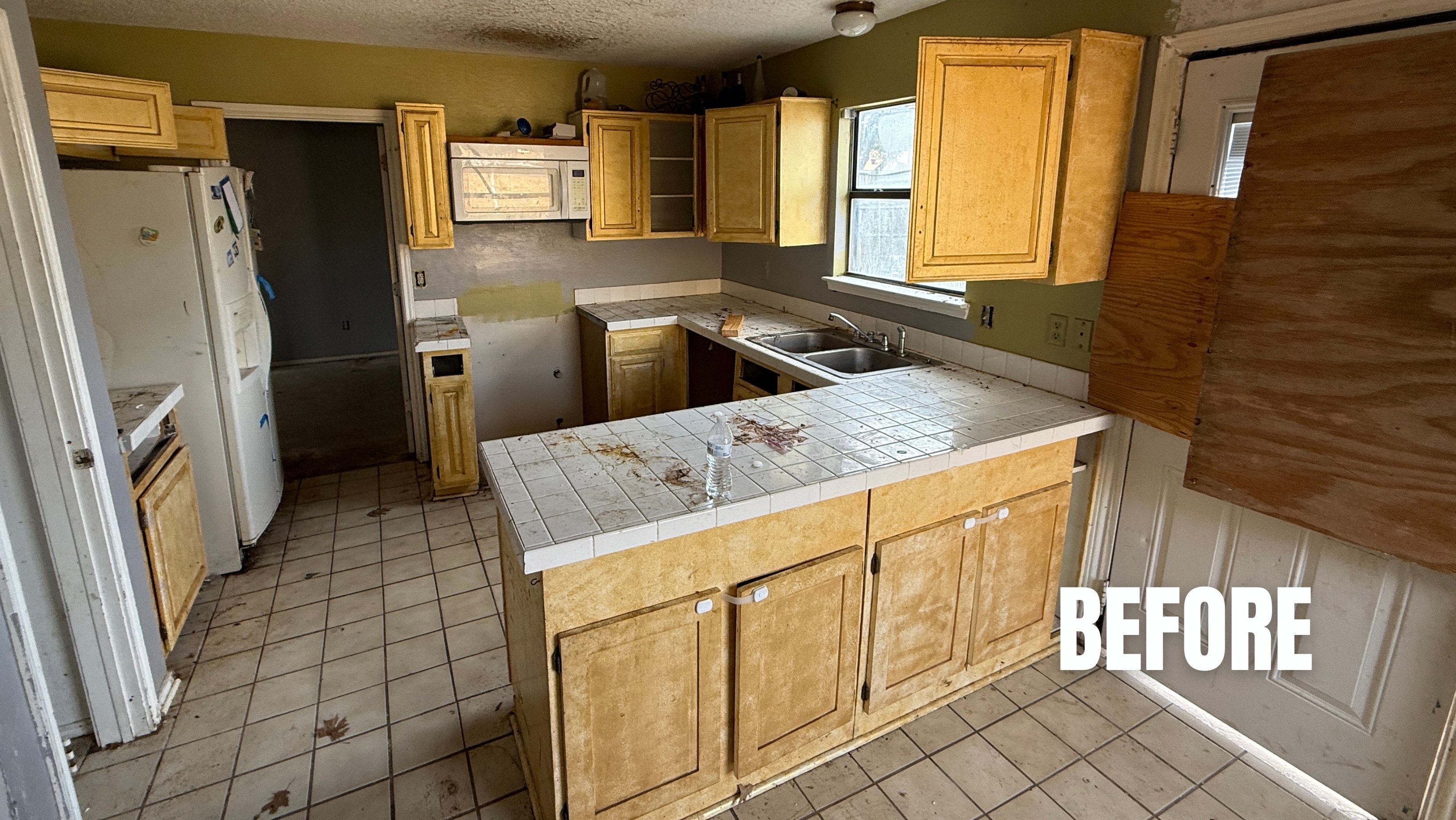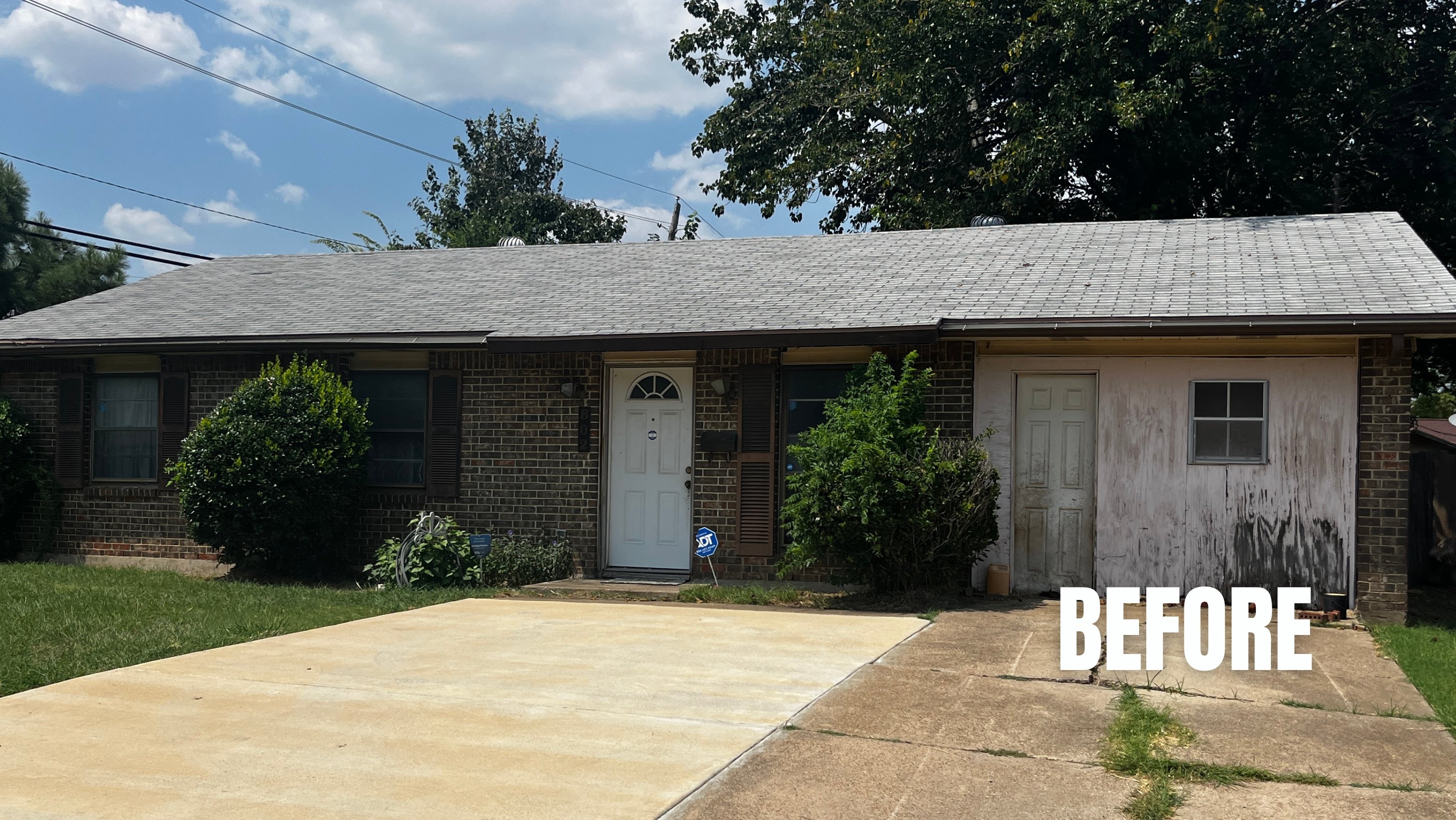The clock is ticking on 2025. While most people are planning holiday gatherings and New Year's resolutions, savvy real estate investors are making strategic moves to optimize their tax position before the calendar flips. These weeks left in the last quarter present critical opportunities to reduce your tax liability and set yourself up for success in 2026.
Here's your action plan for closing out the year with peace of mind:








-1.jpg)

.jpg)

-1.jpg)

.jpg)

.jpg)
.jpg)
